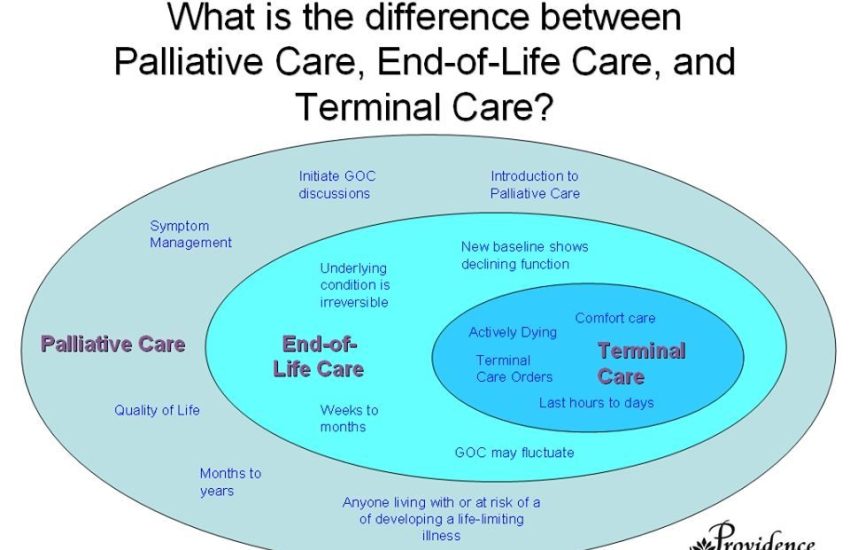Bipolar Disorder: Understanding the Rollercoaster
Bipolar disorder, previously known as manic-depressive illness, is a mental health condition characterized by extreme shifts in mood, energy, and activity levels. Individuals with bipolar disorder often experience intense highs, known as manic episodes, followed by devastating lows, called depressive episodes. This rollercoaster of emotions can significantly impact a person’s daily life, relationships, and overall well-being.
What is Bipolar Disorder?
Bipolar disorder affects approximately 2.8% of the adult population in the United States, making it a prevalent mental health condition. It is a chronic illness that typically begins in late adolescence or early adulthood but can also occur in childhood or later in life. The disorder is characterized by recurring episodes of mania or hypomania and depression.
Manic episodes involve an elevated, expansive, or irritable mood accompanied by increased energy levels and excessive involvement in activities. During these episodes, individuals may experience racing thoughts, decreased need for sleep, impulsivity, and engage in risky behavior. On the other hand, depressive episodes involve feelings of sadness, hopelessness, loss of interest in activities, and a decrease in energy levels.
The Different Types of Bipolar Disorder
There are several different types of bipolar disorder, each with its own unique characteristic:
Bipolar I Disorder:
Bipolar I disorder is diagnosed when an individual experiences at least one manic episode lasting for at least 7 days. Depressive episodes commonly occur as well, but they are not required for diagnosis.
Bipolar II Disorder:
Bipolar II disorder is diagnosed when an individual experiences both hypomanic episodes, which are less severe than manic episodes, and depressive episodes. The individual must not have experienced a full-blown manic episode.
Cyclothymic Disorder:
Cyclothymic disorder involves chronic fluctuating mood swings between hypomania and mild depression. Symptoms last for at least 2 years in adults or 1 year in children or adolescents.
The Causes and Risk Factors
The exact cause of bipolar disorder is still unknown. Biological, genetic, and environmental factors all contribute to the development of this condition. Some potential causes and risk factors include:
Genetics: Individuals with a family history of bipolar disorder are at a higher risk of developing the condition.
Brain Structure and Functioning: Imaging studies have shown differences in the brain structure and functioning of individuals with bipolar disorder.
Chemical Imbalances: An imbalance in neurotransmitters, such as serotonin and dopamine, may play a role in the development of bipolar disorder.
Stressful Life Events: Traumatic experiences, major life changes, or chronic stress can trigger the onset of bipolar episodes.
Diagnosis and Treatment
Diagnosing bipolar disorder can be challenging due to its complex nature and overlapping symptoms with other mental health conditions. A thorough evaluation by a mental health professional is crucial for an accurate diagnosis. The diagnostic process typically involves a comprehensive psychiatric assessment, medical history review, and an analysis of the individual’s symptoms and behavior patterns.
Once diagnosed, treatment for bipolar disorder usually involves a combination of medication, psychotherapy, and lifestyle adjustments. Mood stabilizers, antipsychotics, and antidepressants are commonly prescribed to manage the symptoms and stabilize mood swings. Psychotherapy, such as cognitive-behavioral therapy (CBT), can also be beneficial in helping individuals manage their symptoms, develop coping strategies, and improve their overall quality of life.
Living with Bipolar Disorder
Living with bipolar disorder can be challenging, but with proper treatment and support, individuals can lead fulfilling and balanced lives. It is essential for individuals with bipolar disorder to prioritize self-care, follow their prescribed treatment plan, and maintain open communication with their healthcare providers.
Developing a strong support system is also crucial in managing the unpredictable nature of bipolar disorder. Friends, family members, support groups, and therapy can provide the necessary emotional support and understanding.
Conclusion
Bipolar disorder is a complex mental health condition that significantly impacts the lives of individuals who experience the extreme highs and lows associated with it. Through understanding the different types, causes, and treatments available, we can better support and empathize with those living with bipolar disorder. It is important to raise awareness, reduce stigma, and promote mental health education to foster a more inclusive and supportive society for all.


